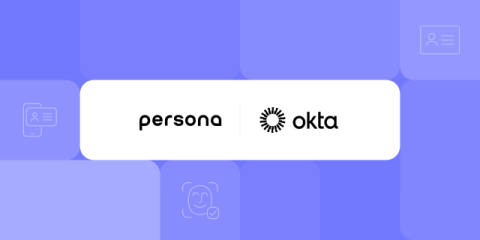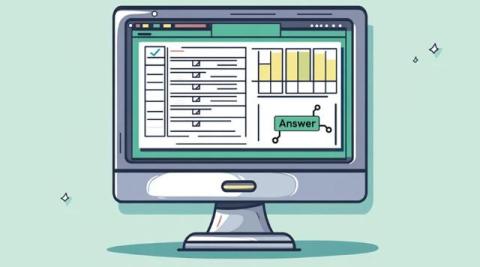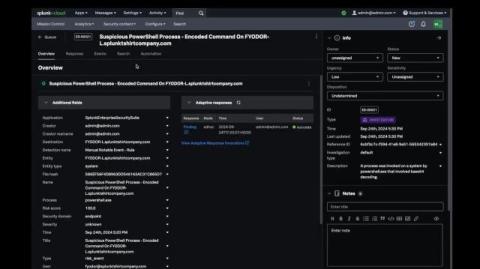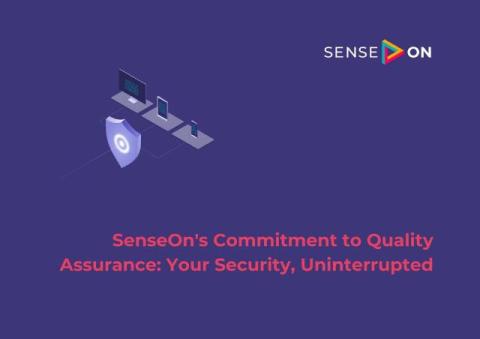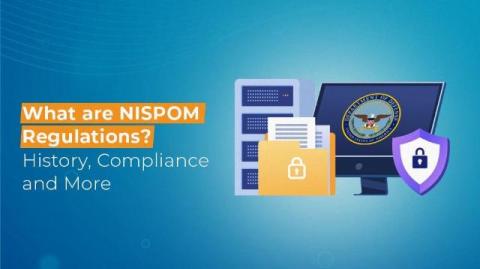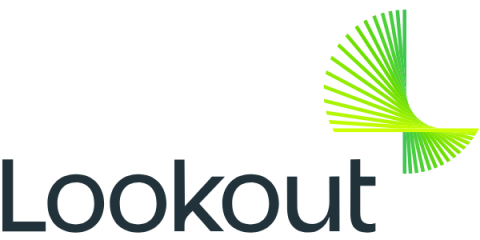Workforce security redefined: Persona and Okta partner to verify identities and protect against phishing and deepfakes
Enforce identity verification throughout the employee life cycle using Persona and Okta’s out-of-the-box integration for identity verification. Joshua Rodriguez is a product marketing manager at Persona focused on our Graph product and financial institution and public sector verticals. You'll find him around the Bay Area exploring museums with his wife and young daughter.


